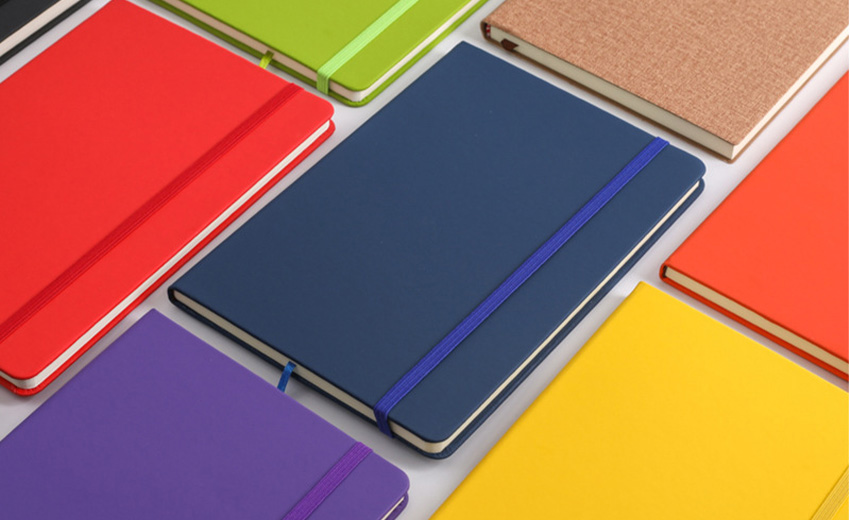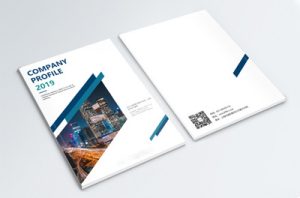In today’s society, which is becoming more and more environmentally conscious, more and more people are beginning to pay attention to the impact of their consumption behavior on the environment. In this context, customized notebooks made of environmentally friendly materials have become an increasingly popular choice. Eco-friendly material notebooks can not only reduce the impact on the environment, but also show personal concern and support for environmental protection. Today, Times Gifts will introduce the steps of customizing eco-friendly material notebooks and the key points of choosing eco-friendly materials to help readers choose and make an eco-friendly notebook.

Choose eco-friendly materials for the cover and inner pages of notebooks. Common environmentally friendly materials include recycled paper, bamboo fiber paper, plant fiber paper, etc. When choosing eco-friendly materials, you can pay attention to the relevant environmental certification standards. For example, FSC (Forest Stewardship Council) certification can ensure that paper comes from sustainably managed forests. Choosing eco-friendly materials is one of the key steps in customizing eco-friendly notebooks. Here are a few key points for choosing eco-friendly materials:
Recycled paper: Recycled paper is a very common eco-friendly material, which is made from waste paper recycling. Choose to use high-quality recycled paper to ensure the quality and durability of the paper.
Bamboo fiber paper: Bamboo fiber paper is paper made from bamboo, which has natural and environmentally friendly properties. Bamboo grows quickly, does not require large amounts of water and pesticides, and absorbs carbon dioxide well. Choosing bamboo fiber paper can reduce the need for wood.
Plant fiber paper: Plant fiber paper is paper made from plant fibers, such as hemp, grass, reeds, etc. These plant fibers are renewable and biodegradable and have a low environmental impact.
Plastic-free packaging: When choosing a notebook, be careful to avoid choosing products that use plastic packaging. Plastic causes serious pollution to the environment, and choosing a notebook with plastic-free packaging can reduce the generation of plastic waste.
As the second important step, designing a corporate notebook is an important task, which not only reflects the company’s image and values, but also provides employees and customers with a practical tool. Here are the steps to design a notebook for your business:
- Identify goals and needs: First, clarify the goals and needs of the enterprise to design notebooks. Consider the purpose of the notebook, such as as as an employee gift, a customer giveaway, or a marketing tool. At the same time, understand the company’s brand image and values to ensure that the notebook design can match it.
- Notebook size and number of pages: Determine the size and number of pages of the notebook based on your goals and needs. The size can be selected according to the usage scenario and portability, and the number of pages can be decided according to the usage needs and budget.
- Cover design: When designing the cover of a notebook, you can use elements such as the company’s logo, brand colors, and fonts to highlight the company’s image. At the same time, consider adding some unique patterns or pictures to attract people’s attention.
- Inner page design: The design of the inner page should be in line with the purpose and purpose of the notebook. According to different departments or functions, different inner page layouts can be designed, such as blank pages, graph paper, itinerary sheets, etc. At the same time, you can add some corporate promotional information or quotes on the inner page to enhance the value of the notebook.
- Choose materials and printing methods: Choose environmentally friendly materials as the cover and inner page materials of notebooks to ensure that the printing ink meets environmental standards. At the same time, choose the appropriate printing method, such as digital printing, hot stamping, hot silver, etc., to improve the texture and quality of the notebook.
- Production and delivery: The designed notebook file is handed over to the printing manufacturer for production and production. Ensure that the production process meets environmental standards and that the finished notebook is delivered on time.
- Publicity and distribution: After the completion of notebook production, carry out corresponding publicity and distribution. Notebooks can be given away to employees, customers, or participate in events such as exhibitions to enhance corporate image and publicity.
Choose a printer: Choose an eco-friendly printer and make sure the inks and papers they use are eco-friendly. Printers can be asked about their environmental certifications to ensure that their production processes meet environmental standards. The designed notebook file is handed over to the printer for printing and binding. Ensure that the materials and processes they use meet environmental standards.
Finally, it is publicity and sales: publicize the features and advantages of eco-friendly notebooks to attract the attention of consumers. You can spread the word on social media, or attend some eco-friendly marketplaces or exhibitions to showcase your eco-friendly notebook and sell it to those in need.








